Surprising Facts About Sand Dollars on the Oregon Coast
Published 03/08/2012
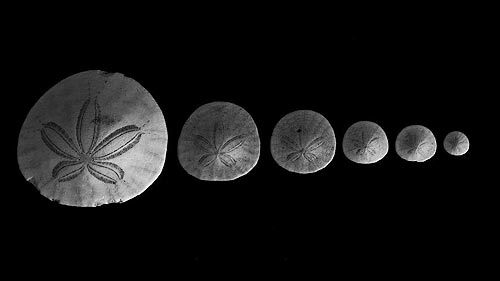
All sand dollar photos courtesy Seaside Aquarium.
(Seaside, Oregon) – Oh, the lowly sand dollar. The wafer-like, somewhat surrealistically sculpted circular thing that feels like dried clay in your hands, which you often buy from curios shops along the Oregon coast. You see plenty of them lying around the beaches as well, mostly in pieces. Sometimes you find a whole one while beachcombing, and these almost always become treasured mementos – something you want to take home.
These coveted keepsakes were at one time alive, however. And while they wash up on these beaches all whitish or light gray, they are a deeper gray to lavender when still alive.
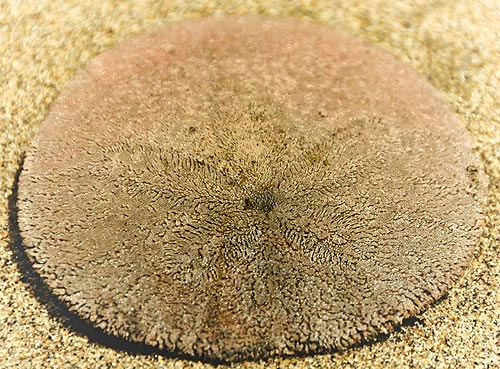
A live sand dollar
A little known secret about the north Oregon coast is that the very northern end of Seaside has a ton of them, as well as the southern part of Gearhart – close to the mouth of the Necanicum. So it's no surprise or coincidence that Seaside Aquarium recently issued some valuable information about the small sea-bound circles.
“Sand dollars are live animals and are found worldwide,” the Aquarium's Tiffany Boothe said. “There are many different species, each with their own unique characteristics.”
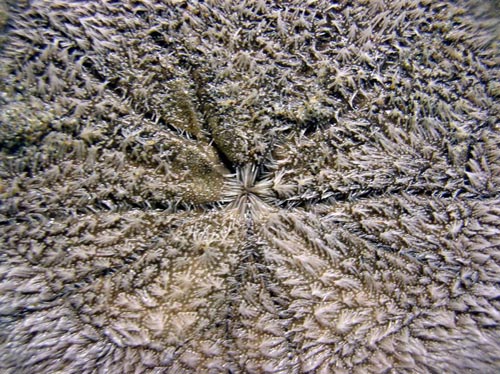
They are related to sea urchins, Boothe said.
They grow in dense beds just offshore, and the area around the Necanicum seems to have a larger-than-usual congregation of them. This is because of the nutrients in the area, which flow out in great abundance from the mouth of the Columbia and Necanicum. This in turn feeds the phytoplankton and causes a greater population of those, which not only the sand dollars feed on but the clams in the area as well. This is why Clatsop beaches are so awesome for razor clams.
This abundance of phytoplankton also causes the ocean to turn a mysterious brown sometimes around the Seaside area and just south of Astoria at Warrenton and Fort Stevens State Park.
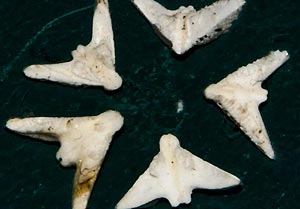 Boothe said the sand dollars break down the phytoplankton with five small teeth. Each resembles a bird in many many ways, and people often refer to them as “doves.”
Boothe said the sand dollars break down the phytoplankton with five small teeth. Each resembles a bird in many many ways, and people often refer to them as “doves.”
“The outside of their shell is covered with millions of tiny spines which look like 'fuzz' or hair,” she said. “These spines aid in the movement and feeding of the sand dollar.”
This means if you find a sand dollar that is still fuzzy, you'll want to leave it alone. It's still alive. Grabbing one and putting it in your car will yield an unpleasant surprise.
“They can smell quite badly if taken to your home,” Boothe said.
The beaches around the Necanicum River yield more whole sand dollars than probably anywhere on the Oregon coast. Part of this is because of the nutrient-rich area, but also because once they wash up here, these beaches are deserted enough that they remain unbroken.
Below: the northern end of Seaside and the southern end of Gearhart
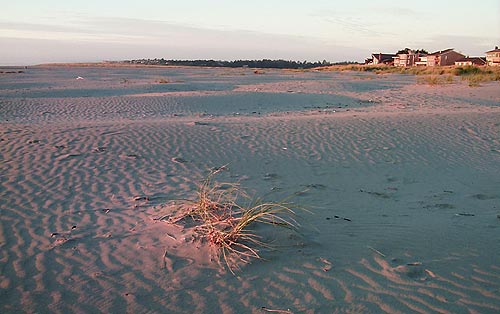
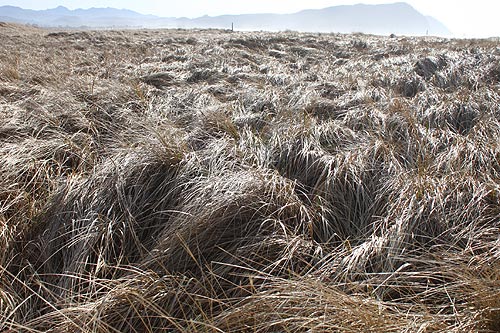
More About Oregon Coast hotels, lodging.....
More About Oregon Coast Restaurants, Dining.....
LATEST Related Oregon Coast Articles
Shore Acres Lights closed at least one night; Cape Meares, Ecola damaged
Adventures Around Central Oregon Coast's Cummins Creek Hike Include Cave, Hid...
Miles of hiking, finds at Neptune Beach near Yachats, Florence
Music Reviews: Top Ten Innovative Holiday Tunes You Did Not Know
Jethro Tull, The Residents, Patty Gurdy, The Pogues, Robert Fripp, Roxy Music, Blue Nile, Emerson, Lake 'n Palmer, Chris Squire
Historic Details Pepper Hug Point's Road, to Millions of Years of Oregon Coas...
You'll see the old ruts dug into the rock. Cannon Beach
Over 20-Ft Waves, Flooding Return This Week to Washington / Oregon Coast
Mid-week and into the weekend it's going to get gnarly inland too
Parade of Planets Around Northwest, Along Washington, Oregon Coastlines
Six planets and three dwarf planets now through March
New Year's Day Peace Hike Near Yachats Remembers Native Struggles on Oregon C...
15th Annual Peace Hike from Yachats southward. Yachats events
Happily, Camping Reopens at N. Oregon Coast Park as Cape Lookout Work Postponed
Work at the hotspot near Oceanside will begin in summer 2025
Back to Oregon Coast
Contact Advertise on BeachConnection.net
All Content, unless otherwise attributed, copyright BeachConnection.net Unauthorized use or publication is not permitted












































